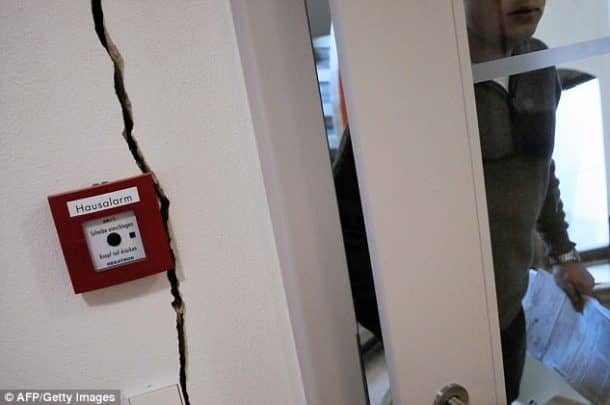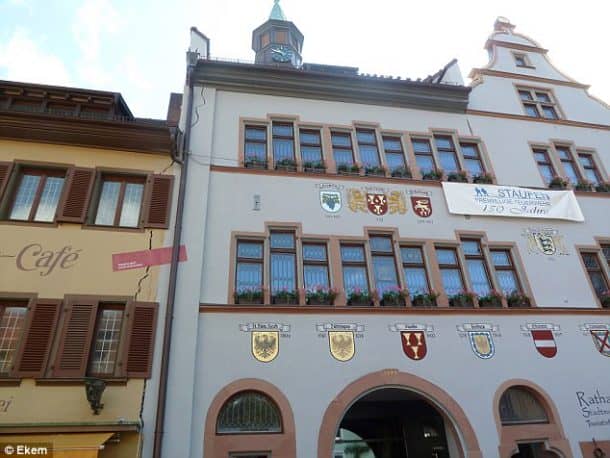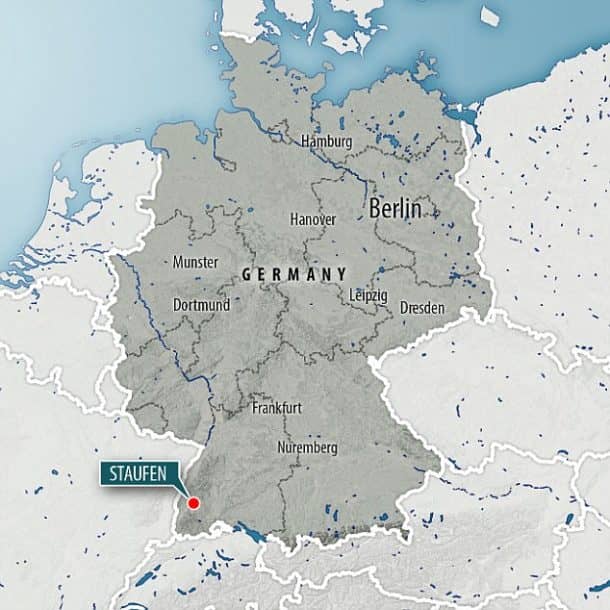Staufen is a German town and it looks like any other town on the first glance. On closer inspection, you will see that this German town is cracking. The buildings in the town of Staufen have been cracking for the past decade after a failed drilling operation in 2007.

This drilling caused the ground to swell and it is still swelling. Experts have tried their best and have managed to slow down the swelling but they are still not sure how to stop it from happening at all. Seven boreholes were drilled behind the town hall for geothermal energy. What they didn’t know was that Staufen lies above a layer of anhydrite and a layer of groundwater beneath that.

The boreholes resulted in water being released into the anhydrite and the formation of gypsum. This results in a 50% expansion of the anhydrite layer. This resulted in underground expansion and the bulging of the ground due to which the German town is cracking.
Tom Scott uploaded a video on YouTube explaining the problem. Constantijn Crijnen, an Environmental Scientist at the University of Tubingen explained: “Underneath Staufen there’s a big layer of anhydrite and beneath that is a layer of groundwater in a confined aquifer. The pressure as groundwater went into the layer of anhydrite and formed gypsum, which expands by about 50 percent. Unfortunately, that means that the ground is expanding, bulging up and forming cracks in almost every single house that’s standing here.”

Experts are trying to get the water out by pumping it at a speed of 1 liter/second but that has only slowed down the swelling from 1 cm/month to 1 mm/month. But, even this amount of swelling is too much for the house. Mr. Crijnen presented a theoretical solution that can stop the swelling with a giant plug. “It’s not a single plane. It’s more 3D, and in reality, you’d need a big, big plug, and you don’t even know where it exactly is.”
The drilling company settled for $1.13 million outside the court but it is estimated that it will cost 50 times that to fix the damage.
You can see the video here:



Use of MOF, as an adsorbent and then the rigid material support. May solve the problem.